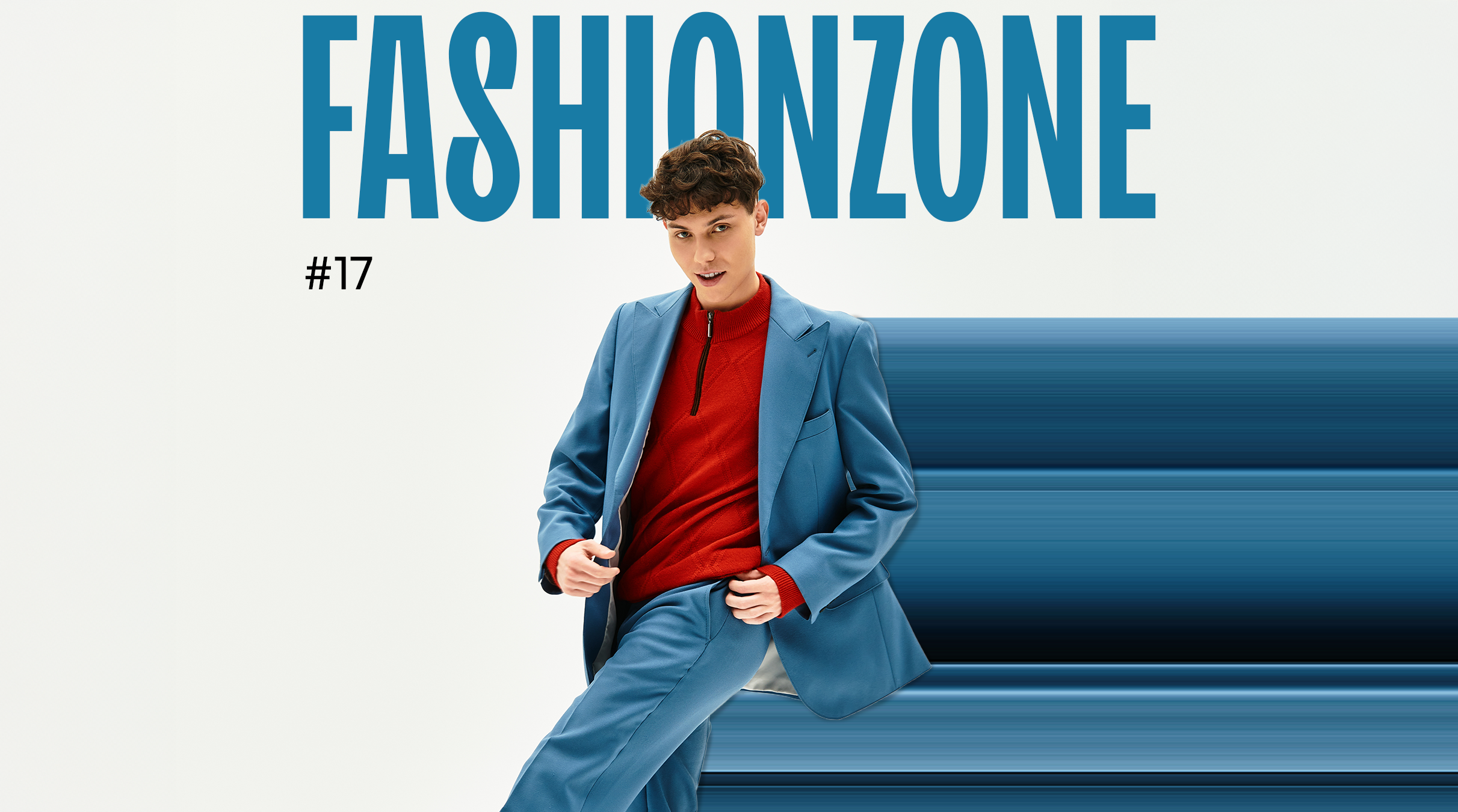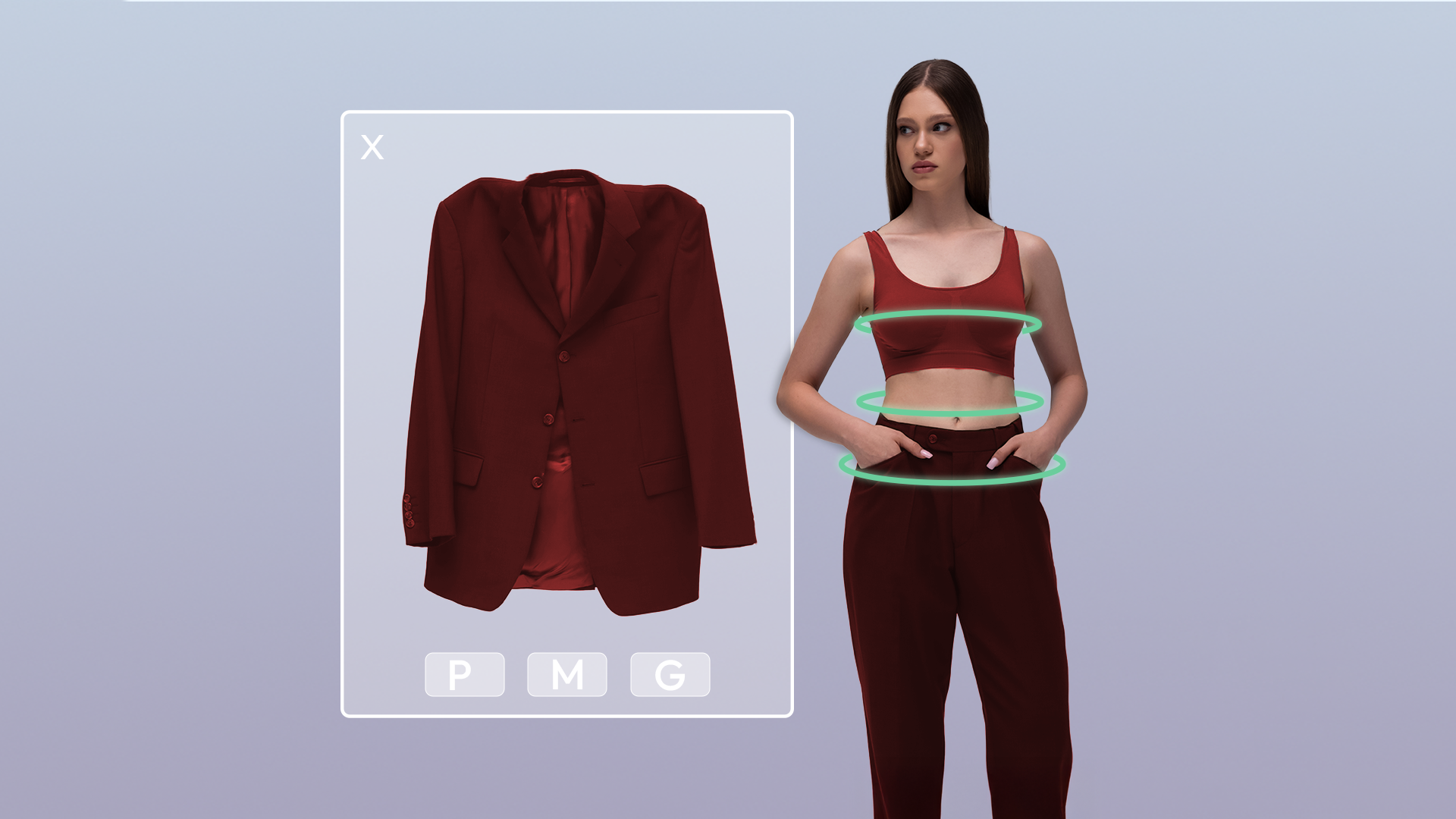Straight to the point
Today, we invite you to take a closer look at what’s happening now and what’s to come. The changes sweeping the fashion industry go far beyond runway trends.
We’re going to talk about a shift in beauty standards and what that means for the way consumers connect with brands, and why authentic representation is no longer a differentiator.
We’re also diving into how AI is reshaping the retail landscape. Forget generic chatbots: Artificial intelligence powers more personalized, emotional, and connected shopping experiences.
And finally, we’re looking at the growing global movement against fast fashion, including a groundbreaking new law in France that could inspire change across the industry. It’s a clear sign that both consumers and governments are paying closer attention to how clothing is made, marketed, and sold.

FRANCE HAS DECLARED WAR ON FAST FASHION. WHAT DOES THIS MEAN FOR E-COMMERCE?
You’ve probably come across the term “fast fashion” before, and maybe even wondered about its impact on your business. So, what’s new? France took a bold step and passed an Anti-Fast Fashion Law, bringing to light a new landscape (and potential trends) for global retail.
The focus is clear: reducing the textile industry’s environmental impact, currently one of the most polluting and resource-wasting industries. The new French legislation primarily targets ultra-fast fashion giants like Shein, which, just to give you an idea, launched around 7,220 new products per day in France, according to Agence France-Presse.
Among the measures taking effect on January 1, 2026, are:
- A ban on advertising for ultra-fast fashion brands;
- Mandatory transparency around the origins of textiles sold online;
- An end to tax incentives for donating unsold clothing;
- Progressive taxation on excess production, charged per item.
For those who run a fashion e-commerce business, this movement raises a red flag (and also an opportunity): will this legislation inspire other countries? How can you prepare for increasingly conscious and demanding consumers?
If you’ve already been investing in transparency, personalization, and sustainable technologies, you’re on the right track. And if you haven’t started yet, perhaps now is the time to rethink your strategy.
The question remains: Does this law mark the beginning of a new era for online fashion?

BEAUTY STANDARDS ARE CHANGING, AND YOUR BRAND NEEDS TO KEEP UP…
If you work in fashion and beauty, you’ve already noticed that beauty standards are changing, and fast. Images that once sold unattainable dreams are now giving way to real, achievable representations that, above all, connect with consumers’ real lives.
That’s the key takeaway from a global study by Getty Images, conducted through their VisualGPS platform, which analyzed 50 years of beauty standards and how they’ve evolved over time. It’s worth looking into this because it has everything to do with your online store!
From icons to filters, what’s changed?
In the ’80s, exaggeration reigned supreme: big hair, bold makeup, and flashy outfits. Over time, the aesthetic shifted: from the minimalism of the ’90s to the pop culture explosion of the 2000s, the contour craze of the 2010s, and more recently, the rise of the “Instagram face”: smooth skin, plump lips, lifted eyes, and filters everywhere.
But the tide is turning.
Today’s consumers are embracing a different look: bleached brows, real skin texture, and authentic features. Beauty is once again about identity, not conformity. And that shift is changing the way your audience chooses products, brands, and content.
What do today’s consumers expect from brands?
More than 5,300 people in 25 countries participated in the survey. The results are precise for anyone who sells clothing online:
- 85% believe that beauty and self-care are equally important for men and women;
- Brand trust comes from transparency, health, sustainability, and education.
- The content that accompanies a product greatly influences the purchasing decision.
Examples that work:
- 50% engage more with images that highlight health benefits
- 39% value product usage demonstrations
- 36% prefer testimonials from real customers
- 32% feel more confident when scientific information is included
Despite the rise of online shopping, 66% of consumers still prefer shopping in physical stores, where they can try things on, compare options, and discover new products. In other words, offering an omnichannel experience is essential.
And where does credibility come from?
Brands that communicate generically are losing ground to those that know how to listen and represent. According to the data:
- 42% of respondents trust friends and family more than brands;
- Only 14% trust brand posts on social media.
- Only 8% trust influencer content.
In other words, building a reputation requires more than aesthetics: it requires purpose, consistency, and truth.
AI, real images, and the role of representation
With the popularization of artificial intelligence, new possibilities emerge, but also suspicions. When consumers realize an image was created by AI:
- 41% lose trust in the brand
- 76% prefer real, untouched photos
- 71% want to know whether the image is artificial or not
The problem isn’t the technology itself, but its irresponsible use, which reinforces unattainable standards and excludes real people from the narrative. And this is where a crucial point comes in: representation.
Despite progress, there are still huge gaps in representation:
- Images of aging almost exclusively feature people over 60;
- Mature women appear with flawless skin and flawless gray hair, and are almost always thin.
- Older men remain invisible;
- Generation Z boys and LGBTQI+ men barely appear in campaigns.
This data reveals what the market hasn’t yet understood: real beauty needs space. And brands that invest in it will gain prominence in the future.

ARTIFICIAL INTELLIGENCE: WHAT YOUR CUSTOMER EXPECTS
When we talk about artificial intelligence in retail, it’s common to think of chatbots and basic recommendations immediately. But the truth is that AI is completely rewriting the way consumers discover, evaluate, and decide what to buy.
And your e-commerce business needs to keep up with this new pace.
More than “recommending”, it needs to understand.
The new generation of AI systems can already analyze more than 500 behavioral variables to understand what a customer bought and why they bought it. This changes everything.
An inspiring example? Stitch Fix. The brand combines human stylists with intelligent algorithms to offer personalized clothing suggestions adjusted to each customer’s style and feedback, with each purchase.
The result: the consumer feels understood, not just catered to.
It’s the same principle behind the perfect personalized Spotify playlist or the spot-on Netflix suggestion. AI creates an experience with emotional value, and that’s exactly what builds loyalty.
At the end of the day…
It may seem contradictory, but technology is helping brands create stronger emotional connections with their customers.
And those who understand this early can get ahead, offering personalized experiences that convert.
How is your brand using AI today?
If you’re still just using chatbots, it might be time to take the next step.
Fashion Drops
> Dior announces stylist Jonathan Anderson as their new creative director
> Everything about Japan’s fashion history
For a bit of inspiration
Sophia Amoruso started selling vintage clothes on eBay, created Nasty Gal, and turned it into a fashion empire. Despite the brand’s ups and downs, she became a symbol of female entrepreneurship with her book “Girlboss,” which inspired a generation. After Nasty Gal, she founded the Girlboss platform and Business Class, geared towards emerging female entrepreneurs. Want to learn more?


